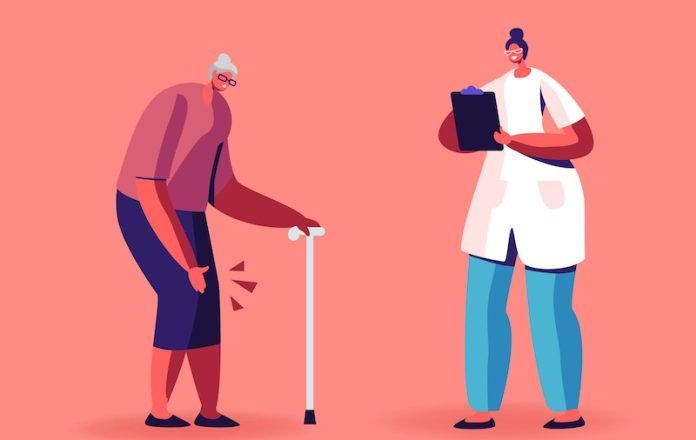
Chronic pain is a common and often overlooked component of neurodegenerative disorders such as Alzheimer’s disease and Parkinson’s disease.
Understanding how chronic pain affects individuals with these conditions is crucial for improving their quality of life.
Although they are primarily known for their impact on cognitive and motor functions, both Alzheimer’s and Parkinson’s can also significantly contribute to physical discomfort.
Alzheimer’s disease is typically associated with memory loss and cognitive decline, but what is less known is that it can also lead to physical pain.
The pain might not always be directly caused by the disease itself but can result from other health issues that occur as the body ages and becomes less mobile.
Individuals with Alzheimer’s may struggle to communicate their pain effectively because of cognitive impairments, which makes it challenging for caregivers and doctors to diagnose and manage their pain adequately.
In Parkinson’s disease, pain is a more recognized symptom and can be a major part of the disease experience for many patients. Parkinson’s affects the body’s motor system, leading to stiffness, tremor, and difficulties with movement—all of which can contribute to significant pain.
The pain in Parkinson’s can vary widely; it may be musculoskeletal, involving the bones and muscles, or it might be neuropathic, involving nerve damage.
Research into chronic pain in both Alzheimer’s and Parkinson’s has pointed to several key factors affecting how pain is perceived and managed in these patients. For Alzheimer’s, the degeneration of brain cells that process sensory information can alter the perception of pain.
A person with Alzheimer’s might react differently to pain or may not be able to express it, leading to under-treatment or mismanagement of pain.
In Parkinson’s, the situation is somewhat different. The disease itself involves the degeneration of nerve cells in a part of the brain that controls movement. This not only affects movement but can also influence how pain signals are processed in the brain.
Additionally, the rigidity and lack of mobility associated with Parkinson’s can cause discomfort and chronic pain, which can exacerbate the symptoms of the disease.
One of the significant challenges in managing pain for patients with these diseases is the difficulty in communication. Patients with advanced Alzheimer’s may not be able to tell their caregivers that they are in pain.
In Parkinson’s, while communication might not be as severely affected, the overlap of pain symptoms with other symptoms of the disease can make it difficult to identify and treat the pain effectively.
Current treatments for managing pain in Alzheimer’s and Parkinson’s include medication, physical therapy, and, increasingly, non-pharmaceutical interventions such as cognitive-behavioral therapy.
Pain management strategies can be particularly challenging because some of the medications that help reduce pain can also have side effects that exacerbate other symptoms of the diseases.
Recent research has been focusing on better ways to assess pain in patients who have trouble communicating.
New tools and scales are being developed to help caregivers and medical professionals identify and measure pain based on non-verbal cues like facial expressions, body movements, and physiological indicators.
In conclusion, chronic pain is a significant issue for people suffering from Alzheimer’s and Parkinson’s diseases. While these conditions are primarily known for their cognitive and motor symptoms, the impact of chronic pain is substantial and deserves attention.
Improving pain management for these patients not only involves continued research but also raising awareness among caregivers and health professionals about the importance of recognizing and addressing pain in these vulnerable populations.
This approach will help improve the overall treatment and quality of life for those afflicted with these challenging diseases.
If you care about pain, please read studies about vitamin K deficiency linked to hip fractures in old people, and these vitamins could help reduce bone fracture risk.
For more information about wellness, please see recent studies that Krill oil could improve muscle health in older people, and eating yogurt linked to lower frailty in older people.
Copyright © 2024 Knowridge Science Report. All rights reserved.



